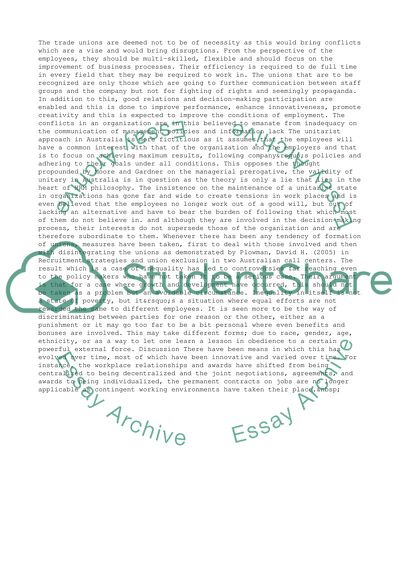Cite this document
(Employment Relations in Australia Term Paper Example | Topics and Well Written Essays - 3000 words, n.d.)
Employment Relations in Australia Term Paper Example | Topics and Well Written Essays - 3000 words. Retrieved from https://studentshare.org/management/1433255-employment-relations-in-australia
Employment Relations in Australia Term Paper Example | Topics and Well Written Essays - 3000 words. Retrieved from https://studentshare.org/management/1433255-employment-relations-in-australia
(Employment Relations in Australia Term Paper Example | Topics and Well Written Essays - 3000 Words)
Employment Relations in Australia Term Paper Example | Topics and Well Written Essays - 3000 Words. https://studentshare.org/management/1433255-employment-relations-in-australia.
Employment Relations in Australia Term Paper Example | Topics and Well Written Essays - 3000 Words. https://studentshare.org/management/1433255-employment-relations-in-australia.
“Employment Relations in Australia Term Paper Example | Topics and Well Written Essays - 3000 Words”, n.d. https://studentshare.org/management/1433255-employment-relations-in-australia.


